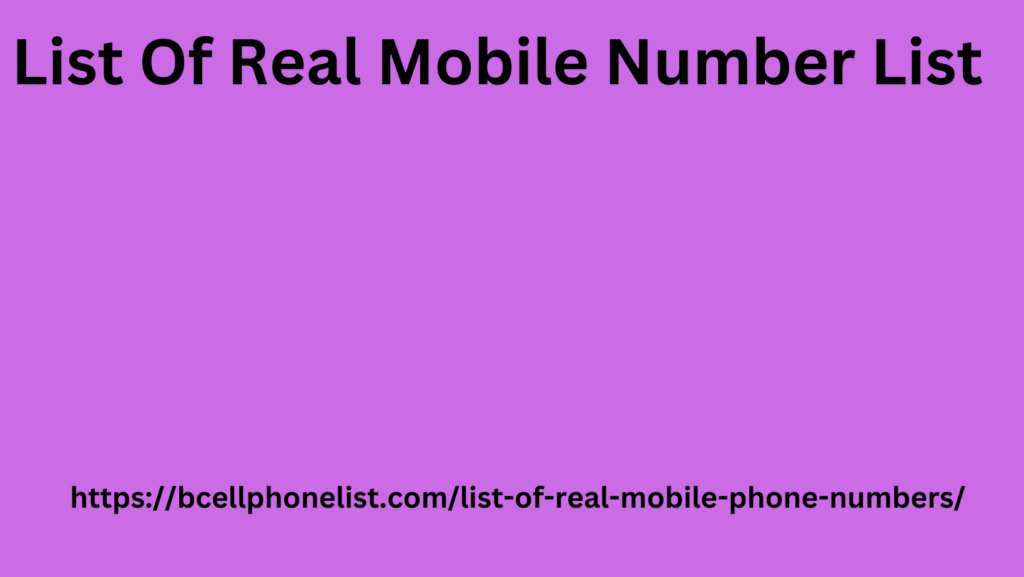|
|
Not necessarily. The reason is that if they have needed to search for something, it means that they have not found it in the first place, so the final conversion will be fueled by the desire to buy or convert, by our brand reputation or other indicators, but not by the fluency in the navegation. We know that the more steps a user must take to complete what we consider an objective, the less optimized the website will be. Therefore, if users who search generate more value for us, we are affirming that there is a high potential for improvement to ensure that they do not have to search for anything to complete an objective or conversion.
If they have had to search, we have caused them a little List Of Real Mobile Number List inconvenience, so our website will be much more efficient (be it ecommerce or a blog) if we minimize and cut the steps until the sale or subscription. Likewise, it would not be good for the segment you are looking for to have a very low value per session, especially if it has a high number of searches, as it would mean that they are not finding anything they are looking for. Therefore, the first step is to understand our ecommerce or blog perfectly, analyze how users interact with the website and the search engine, and based on this, make decisions that allow us to optimize our business.

Do you want to be Google friends? Don't waste time answering me, it was a rhetorical question. We all want to be Google friends! Let's see how to do it through the following (and last) two reports: - The key to your future at Google The first of this last block of two reports will show us the loading time of the website or blog based on whether the user enters us through a computer, mobile phone or tablet. In addition to the loading time, I wanted to put a second column with the bounce percentage. The reason is clear, and it is that you will see how as you reduce the loading time (especially on mobile devices) the bounce rate of your website will gradually reduce.
|
|